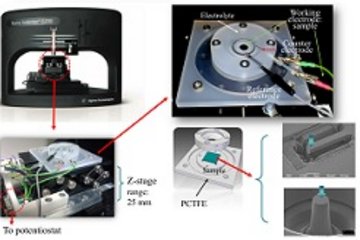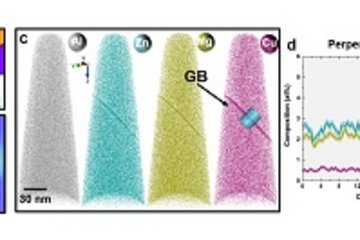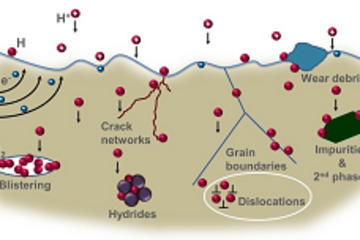
Influence of Chemical and Structural Complexity on Dislocation Processes
Project A02 of SFB1394
The design of new metallic materials is essential in fulfilling the promise of emerging and improving key technologies from efficient energy conversion over lightweight transport to safe medical devices.Traditionally, alloy development was on the one hand based on the thermodynamic description and control of crystalline phases and on the other hand on the understanding and manipulation of crystal defects. The vision of SFB1394 “Structural and chemical atomic complexity – from defect phase diagrams to material properties” is to bring these two approaches together in one new conceptual framework, which will consider defects and their thermodynamic stability in a holistic manner.
The model system of the SFB1394 is Mg-Al-Ca, in which some of the most fundamental characteristics and properties of dislocations in the dominant precipitate phases have remained largely unexplored. In this project, we plan to gain mechanistic insights into the fundamental dislocation processes in complex phases and the microstructures that contain them. In particular, we analyze the effect of local chemical composition on the structure and properties of dislocations, grain- and interphase boundaries as well as on their mutual interactions. To this end we utilize massively-parallel molecular dynamics simulations, also in combination with Monte Carlo (MC) steps. Additional nudge-elastic-band (NEB) calculations will be performed to reveal unknown plasticity mechanisms and to determine activation energies.











